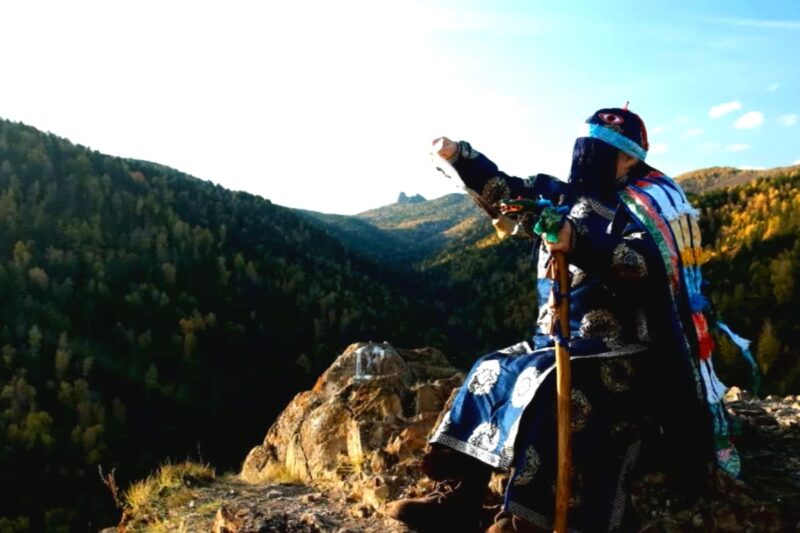Haitian Vodou is a captivating spiritual tradition that has woven its threads deep into the fabric of Haiti’s history and culture. Its syncretic nature, a blend of African, Indigenous, and Catholic influences, makes it a unique and rich tapestry of beliefs and practices.
Haitian Pantheon
The Haitian Vodou pantheon is a vibrant assembly of spirits, known as “lwa” or “loa.” Each of these spirits has its domain, personality, and set of symbols. They’re not just distant deities; they’re active participants in the daily lives of their devotees.
Fun Fact: The word “Vodou” itself means “spirit” or “god” in the Fon language of Benin.
| Deity | Role & Domain | Key Symbols & Attributes |
| Legba | Gatekeeper, Intermediary between mortals & the divine | Keys, Crossroads |
| Papa Ghede | Guardian of the dead, Intermediary with ancestors | Cemetery, Top Hat |
| Erzulie | Goddess of Love, Beauty, and Fertility | Heart, Mirror, Perfume |
| Ogou | Warrior spirits, Protectors of justice | Sword, Red Flag |
| Damballah Wedo | Sky Serpent, Deity of rain and fertility | Serpent, White Cloth |
| Ayizan | Patron of Marketplace and Commerce | Market Basket, Palm Frond |
| Azaka Mede | Deity of Agriculture and Harvest | Farming Tools, Earthen Jar |
Legba: The Gatekeeper and Messenger
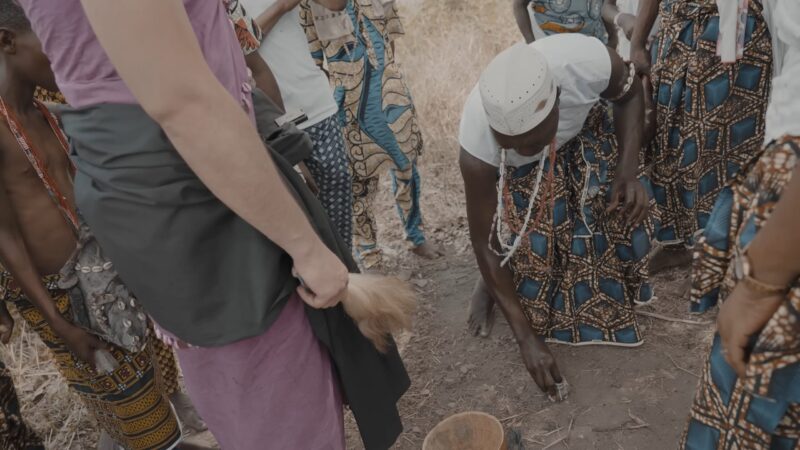
Legba is often the first to be invoked in ceremonies, he stands as the intermediary between our world and the divine.
Imagine him as the cosmic operator, connecting our calls to the spirit realm. The symbolism of keys and crossroads is deeply associated with Legba, representing his role in unlocking spiritual pathways and making crucial decisions.
Pro Tip: If you ever find yourself at a crossroads (literally or metaphorically), a small offering or prayer to Legba might just provide the clarity you seek.
And if Legba’s characteristics remind you of another deity, you’re on the right track. He shares many traits with Eshu/Eleggua from the Yoruba religion.
Papa Ghede: Spirits of the Dead
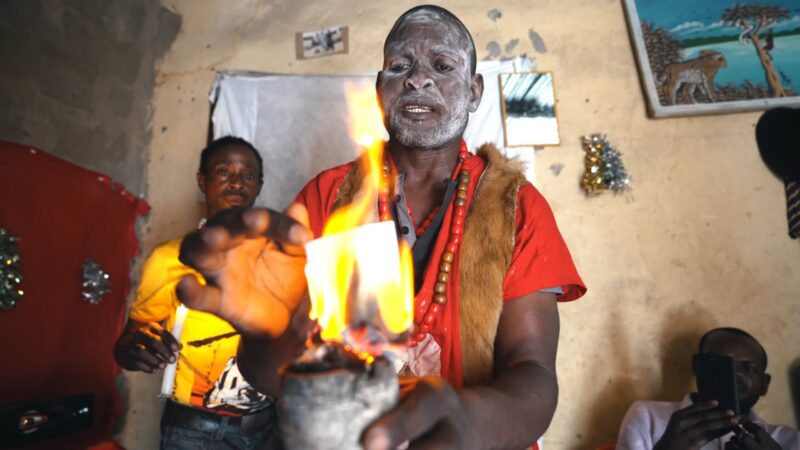
These spirits are a lively bunch, despite their association with the dead. As guardians of the cemetery, they bridge the gap between the living and our ancestors.
Life and death, in the world of Vodou, are two sides of the same coin. During festivals, the celebrations of Ghede are a testament to this balance, filled with joy, remembrance, and reverence.
Fun Fact: Baron Samedi, with his iconic top hat and skeletal face, is often seen as the chief of the Ghede spirits. If you’ve ever seen a figure with these features in popular culture, you’ve met a representation of Papa Ghede or Baron Samedi!
Erzulie: Goddess of Love, Beauty, and Fertility
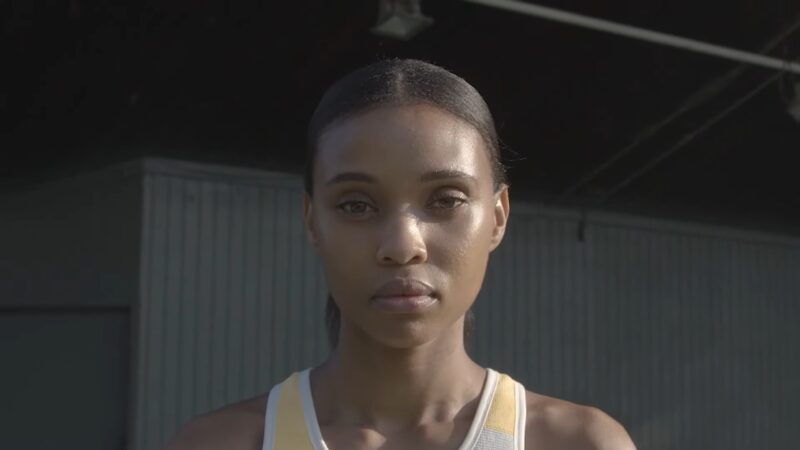
More than just any goddess; she’s a force to be reckoned with. Complex and multifaceted, she wears many faces.
Erzulie Freda is the flirtatious and luxurious aspect, while Erzulie Dantor is the fierce protector, especially of women and children. Whether you’re seeking romance, beauty, or a protective shield, Erzulie’s influence is potent.
Pro Tip: If you ever wish to seek Erzulie’s favor, offerings of perfume, jewelry, or sweet cakes might just catch her attention.
Ogou: Warrior Spirits
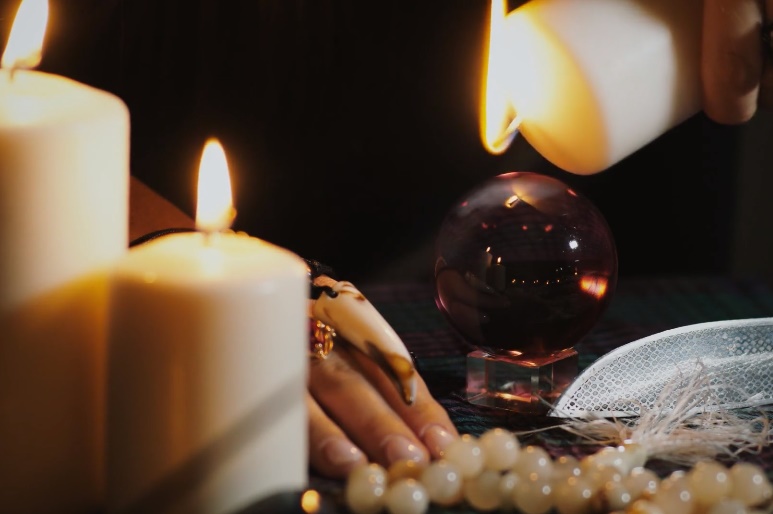
When you think of warriors in the Vodou pantheon, Ogou is the name that resounds.
These spirits embody valor, justice, and protection. In times of conflict or when seeking justice, Ogou is the force many turn to. Their fierce nature is balanced by a deep sense of honor and duty.
Fun Fact: The Ogou spirits have been syncretized with various Catholic saints. For instance, Ogou Feray is often associated with Saint James the Greater, depicted as a knight on horseback.
Damballah Wedo: The Sky Serpent
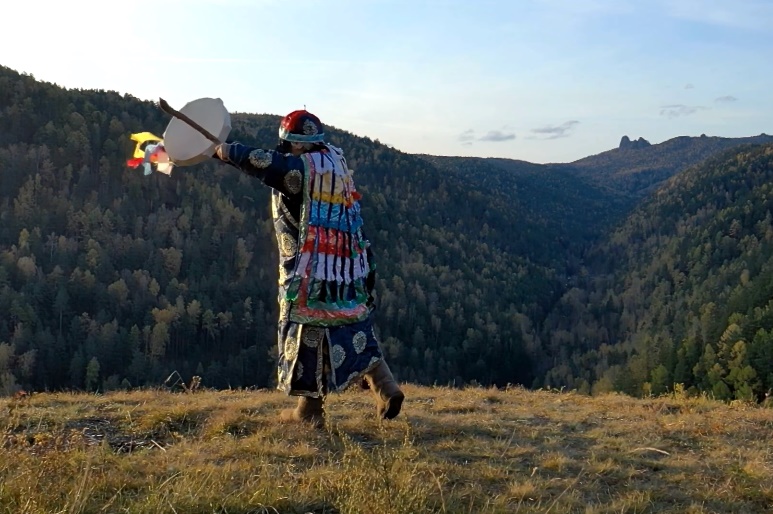
The majestic Damballah Wedo, often visualized as a shimmering serpent, is a deity of rain, fertility, and creation. This sky serpent is seen as a primal cosmic force, weaving the energies of the universe.
Ritual dances dedicated to Damballah are mesmerizing, with participants moving in serpentine patterns, channeling his graceful energy.
Pro Tip: If you’re ever in Haiti during a Vodou ceremony for Damballah, watch for the white clothing and egg offerings. They’re symbols of purity and life, perfectly embodying this deity’s essence.
Ayizan: Patron of the Marketplace and Commerce
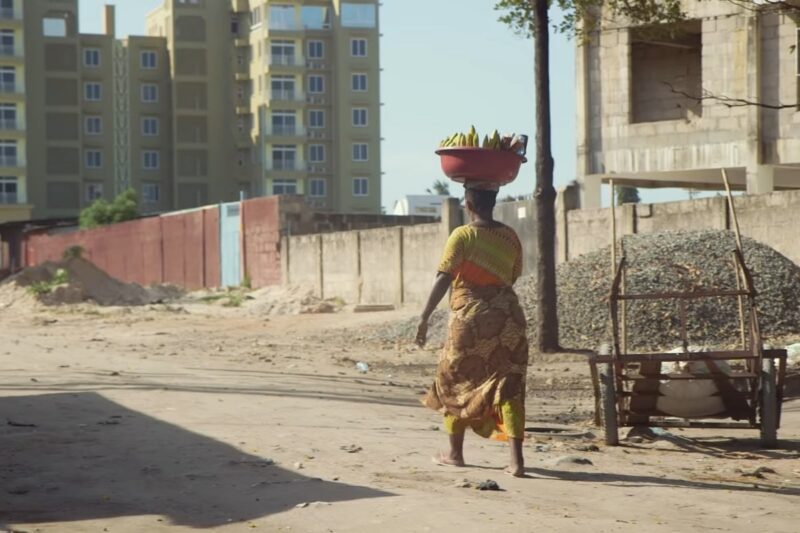
Ayizan, often visualized as a wise elderly woman with a market basket, is the heartbeat of urban Vodou. As the guardian of trade and commerce, she’s invoked for business success and fair dealings.
In the bustling marketplaces of Haiti, her presence is palpable, ensuring that transactions are imbued with integrity and respect.
Fun Fact: Ayizan is considered one of the oldest lwa and is deeply respected. Before initiating any Vodou ceremony, it’s customary to honor her first.
Azaka Mede: Agriculture and Harvest
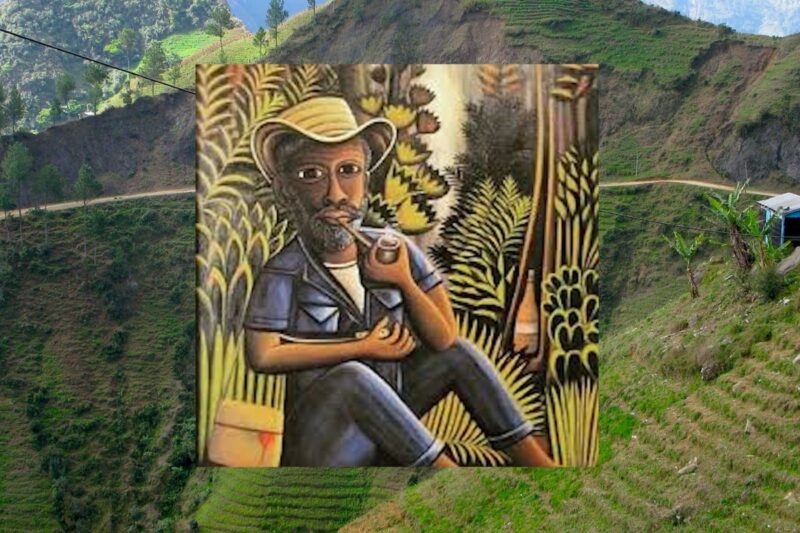
In a land where agriculture plays a pivotal role, Azaka Mede stands as the beacon of bountiful harvests and agricultural prosperity. Rituals for Azaka are vibrant, filled with songs of gratitude for the earth’s abundance.
The spiritual connection between the land and its people is beautifully encapsulated in the reverence for Azaka Mede.
Pro Tip: Offerings to Azaka often include food items like rice and corn, symbolizing the fruits of the earth and the cycle of growth and harvest.
FAQ
How is Haitian Vodou different from other forms of Voodoo or Vodun?
Haitian Vodou is specific to Haiti and has been influenced by a mix of African, Indigenous, and Catholic beliefs. Other forms, like West African Vodun or Louisiana Voodoo, have different histories and influences.
Are Vodou ceremonies open for anyone to attend?
While some ceremonies might be open to the public, many are private and sacred. It’s essential to be respectful and seek permission before attending.
Is animal sacrifice a common practice in Vodou?
Animal sacrifices do occur in some Vodou ceremonies, but they are done with reverence. The act is seen as a way to transfer life energy and is not taken lightly.
How do Vodou practitioners view the afterlife?
The afterlife in Vodou is not a singular concept. Spirits can continue to interact with the living, and ancestors play a significant role in guiding and protecting their descendants.
Are there any major festivals or celebrations in Vodou?
Yes, there are several festivals throughout the year dedicated to various lwa. These can involve music, dance, and offerings to honor the spirits.
How can one start practicing or learning about Vodou?
It’s recommended to find a reputable mentor or “houngan” (priest) or “mambo” (priestess) to guide one’s journey. Reading and attending workshops can also provide insights.
Is Vodou monotheistic or polytheistic?
Vodou is polytheistic, with a belief in multiple deities or lwa. However, there’s also a belief in a distant creator god, Bondye.
How do Vodou spirits communicate with their followers?
Spirits can communicate in various ways, including dreams, visions, or possession during ceremonies where they “ride” a devotee’s body to interact directly with the community.
Is Vodou practiced only in Haiti?
While its roots are in Haiti, Vodou has spread to various parts of the world due to migration and the diaspora. Communities in the U.S., Canada, and other countries have active Vodou practitioners.
Are there any misconceptions you’d like to address about Vodou?
One major misconception is that Vodou is “dark” or “evil.” Like any religion, it has both light and dark aspects, but its core is about community, connection, and reverence for the spirits.
Final Reflections
Haitian Vodou, with its rich tapestry of beliefs, rituals, and spirits, offers a profound insight into the soul of Haiti. This spiritual tradition, deeply interwoven with the nation’s history and culture, stands as a testament to the resilience and vibrancy of the Haitian people.
Through understanding and respecting Vodou, we not only honor the spirits and their devotees but also embrace the diverse tapestry of human belief and experience.
